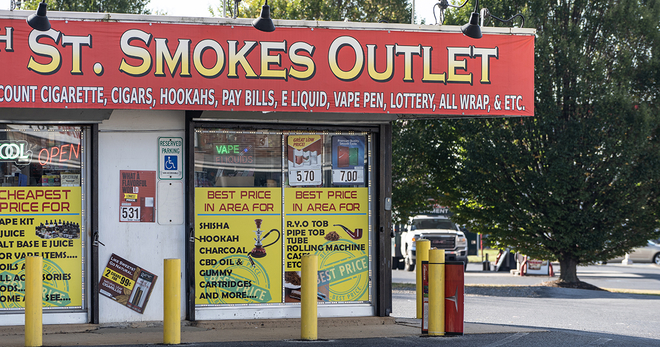Cigarette sales continued declining in 2021
Cigarette sales decreased by 7.6% from 9.8 billion to 9.1 billion packs between January 2020 and December 2021, continuing a 20-year annual decline, according to new research published in JAMA Open Network by the CDC Foundation and Truth Initiative® researchers.
The findings damage an argument – used by those who oppose e-cigarette regulation – that recent regulations on e-cigarettes prompted users to switch to cigarettes, leading to a bump in cigarette sales. This argument stemmed from a recent Federal Trade Commission (FTC) report that the number of cigarettes sold to wholesalers and distributors increased by 0.4% between 2019 and 2020. The researchers suggest that the difference can be attributed to data sources – FTC data did not track cigarettes sold to consumers but rather to wholesalers.
Researchers licensed cigarette retail sales data from IRI, Inc., which tracked cigarette sales by universal product code from convenience stores, gas stations, grocery stores, drug stores, mass merchandiser outlets, retail chain stores, club stores, dollar stores, and military sales for the 48 continental states between 2015 and 2021. Researchers found that annual sales decreased significantly in both dollars and units in that timeframe. According to the authors, cigarette sales trends are in line with the decades-long decline in cigarette use among youth and adults in the U.S.
7.6%
Cigarette sales decreased by 7.6% from 9.8 billion to 9.1 billion packs
6.8%
Cigarette prices increased by 6.8% ($6.76 to $7.22 per pack)
Cigarette prices on the rise
How much do cigarettes cost
Researchers also found that prices increased by 6.8% ($6.76 to $7.22 per pack) between January 2020 and December 2021. “Both the FTC and retail sales data are likely associated, in part, with recent challenges associated with the COVID-19 pandemic and its effects on the global economy, consumer purchase patterns, and the supply chain,” the authors write. However, it is unclear if sales are lower because of higher prices, or if retailers increased prices to offset lower demand. “Nevertheless, continued surveillance of tobacco sales provides timely insights into emerging trends in consumer product preferences and can inform policy planning and practice,” the authors write.
Cigarette sales mirror declines in smoking rates overall in the past 20 years. These declines are thanks to public education campaigns like truth® and other proven public health strategies to reduce smoking, including clean air policies, flavored tobacco sales restrictions, increased tobacco taxes, and Tobacco 21 policies raising the age to legally purchase tobacco, among others.
More in tobacco industry marketing
Want support quitting? Join EX Program
By clicking JOIN, you agree to the Terms, Text Message Terms and Privacy Policy.
Msg&Data rates may apply; msgs are automated.



